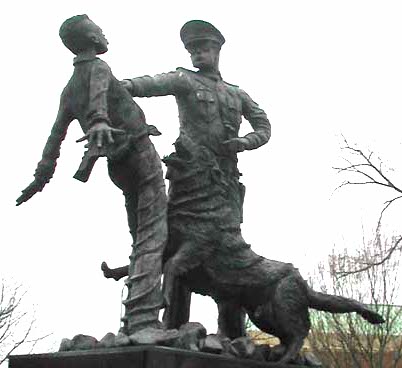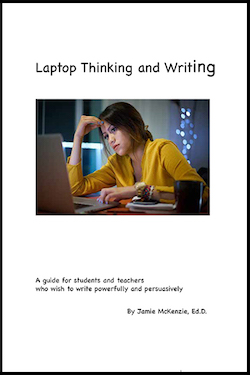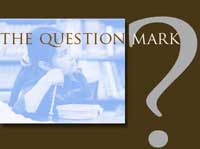Six decades later, the questions in Bob Dylan's song remain mostly unanswered.
How could this be?
Yes, ’n’ how many years can some people exist
Before they’re allowed to be free?
Yes, ’n’ how many times can a man turn his head
Pretending he just doesn’t see?
The answer, my friend, is blowin’ in the wind
The complete lyrics are available on the Bob Dylan Web site at https://www.bobdylan.com/songs/blowin-wind/
In 1962, John Kennedy was still alive.
In 1962, Martin Luther King was still alive.
In 1962, overt segregation was alive and firmly entrenched in the South while less overt forms of segregation in education, housing and employment were alive and firmly entrenched in the North.
In 1961 CORE undertook a new tactic aimed at desegregating public transportation throughout the south. These tactics became know as the "Freedom Rides". http://www.core-online.org/History/freedom%20rides.htm
In cities like Birmingham, attempts to assert civil rights were met by violence.
In the spring of 1963, activists in Birmingham, Alabama launched one of the most influential campaigns of the Civil Rights Movement: Project C, better known as The Birmingham Campaign. It would be the beginning of a series of lunch counter sit-ins, marches on City Hall and boycotts on downtown merchants to protest segregation laws in the city.
Over the next couple months, the peaceful demonstrations would be met with violent attacks using high-pressure fire hoses and police dogs on men, women and children alike -- producing some of the most iconic and troubling images of the Civil Rights Movement.
Source: https://www.pbs.org/black-culture/explore/civil-rights-movement-birmingham-campaign/

© J. McKenzie
Since those years, the assassinations, the desegregation of some universities along with the passage of the Civil Rights Law of 1964, some progress has been made, but we have a long way to go.
According to research published by the Economic Policy Institute, "Well over six decades after the Supreme Court declared “separate but equal” schools to be unconstitutional in Brown v. Board of Education, schools remain heavily segregated by race and ethnicity."
Black children are five times as likely as white children to attend schools that are highly segregated by race and ethnicity
Black children are more than twice as likely as white children to attend high-poverty schools
Black children are highly likely to be in high-poverty schools with a high share of students of color, but white children are not
Performance of black students suffers when these students attend high-poverty schools with high shares of students of color
Source: Economic Policy Institute "Schools are still segregated, and black children are paying a price"
In 2021, less overt forms of segregation in education, housing and employment are still alive and firmly entrenched throughout the USA, prompting the creation of the Black Lives Matter movement and challenging the belief that we are one nation "with liberty and justice for all."
Dylan's words have proven all too prophetic.
Why are some questions basically unanswerable?
Dr. Martin Luther King may have provided some of the best answers.
“The moral arc of the universe bends at the elbow of justice.”
And
“Change does not roll in on the wheels of inevitability, but comes through continuous struggle.”
And
“The ultimate measure of a man is not where he stands in moments of comfort and convenience, but where he stands at times of challenge and controversy.”
Human nature is complicated, and the Devil easily finds conscripts willing to do his evil work, whether motivated by greed, fear or pure hatred, many people are quick to endorse slavery or predatory behavior of one kind or another. This has been true for centuries and remains sadly true to this day.
Those questions that try to resolve mysteries are often unanswerable in any satisying sense, and yet, many of these prove to be essential questions, worth pursuing even though that pursuit may never lead to a satisying answer.

- Why are some people so quick to surrender to the lies and ugly tactics of a demagogue?
- How can ethnic cleansing still win support and advocates in this phase of history?
- How could Christian churches endorse slavery in the USA prior to the Civil War?
- How can American citizens recapture the ability to approach politics with civility?
- What is the best way to reduce gun violence in the USA?
- Will we ever be able to reverse and undo the damage of global warming? What will it take?
- What's the best way for any country to handle immigration?
- Will we ever solve the many problems associated with homelessness?
- "How many times must the cannonballs fly before they’re forever banned?"
- "How many ears must one man have before he can hear people cry?"
- "How many deaths will it take 'til he knows that too many people have died?""
"The answer, my friend, is blowin’ in the wind."
|




